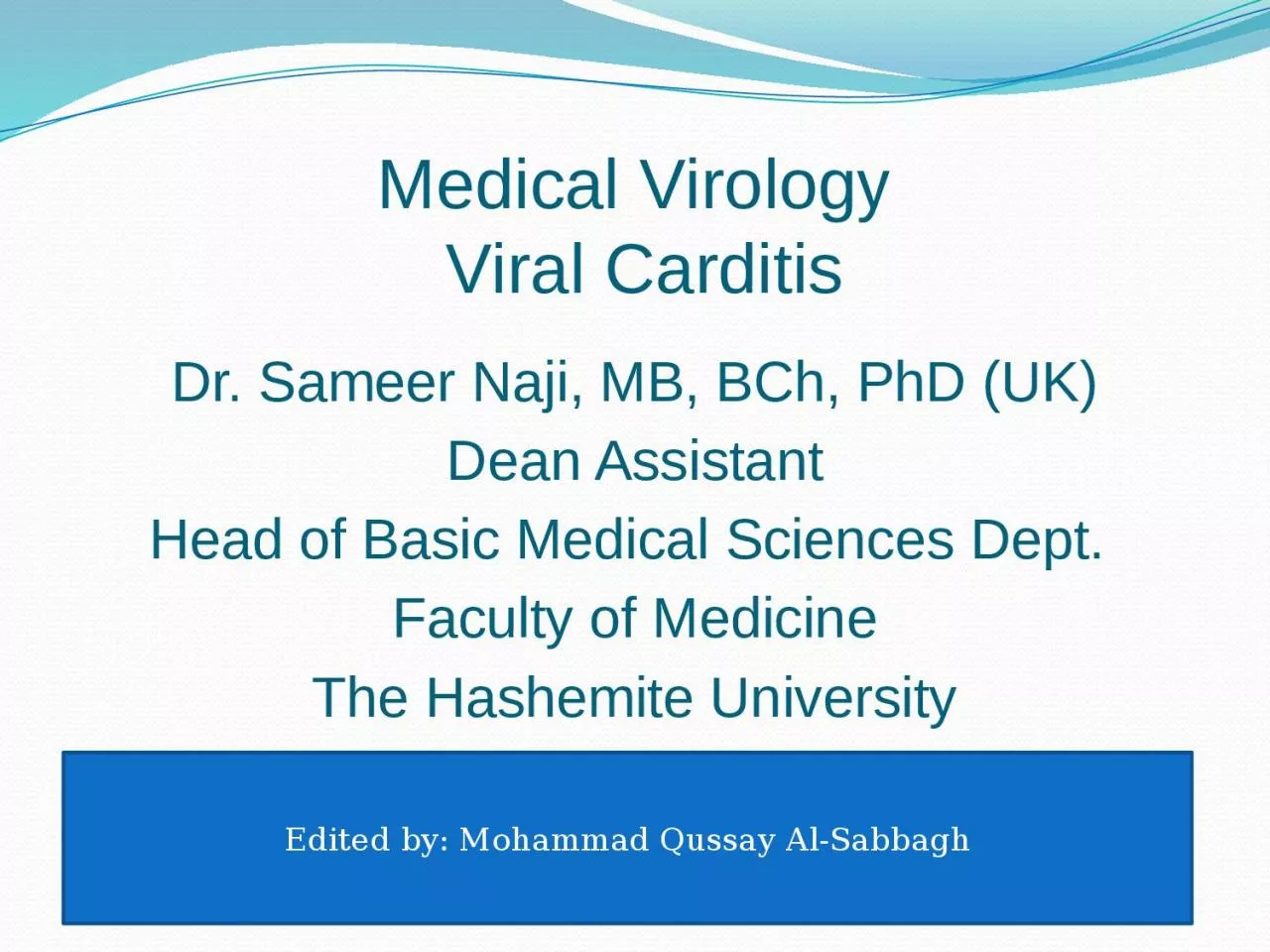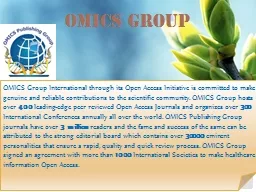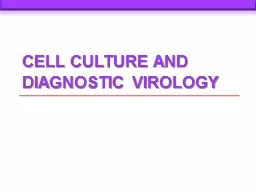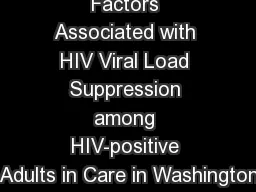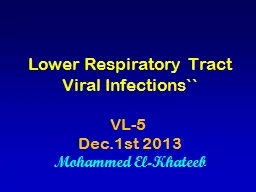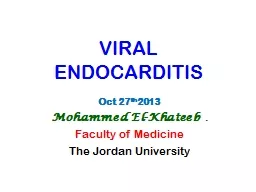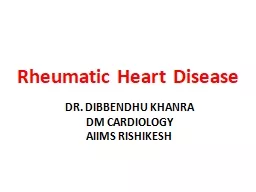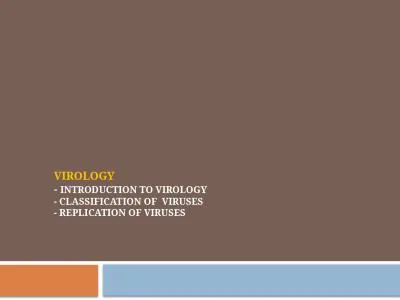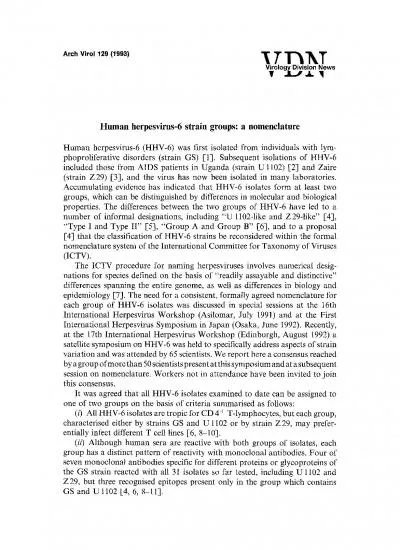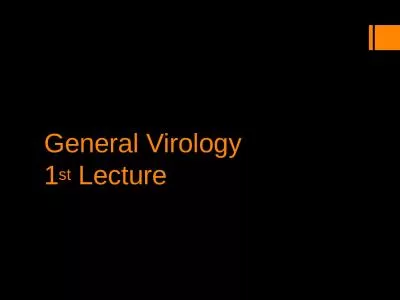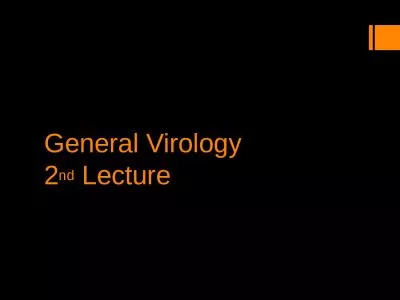PPT-Medical Virology Viral Carditis
Author : eloise | Published Date : 2022-06-18
Dr Sameer Naji MB BCh PhD UK Dean Assistant Head of Basic Medical Sciences Dept Faculty of Medicine The Hashemite University Edited by Mohammad Qussay AlSabbagh
Presentation Embed Code
Download Presentation
Download Presentation The PPT/PDF document "Medical Virology Viral Carditis" is the property of its rightful owner. Permission is granted to download and print the materials on this website for personal, non-commercial use only, and to display it on your personal computer provided you do not modify the materials and that you retain all copyright notices contained in the materials. By downloading content from our website, you accept the terms of this agreement.
Medical Virology Viral Carditis: Transcript
Download Rules Of Document
"Medical Virology Viral Carditis"The content belongs to its owner. You may download and print it for personal use, without modification, and keep all copyright notices. By downloading, you agree to these terms.
Related Documents

